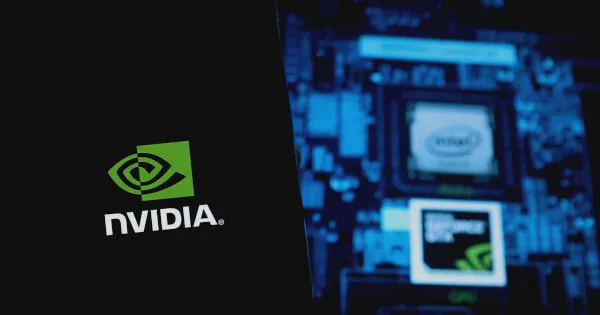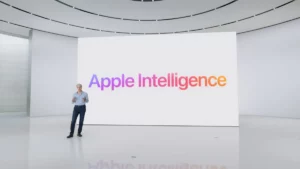
Enhancing Large Language Models: NVIDIA’s Post-Training Quantization Techniques
NVIDIA has made a significant breakthrough in the realm of artificial intelligence (AI) by introducing post-training quantization (PTQ) techniques, which significantly enhance large language models. The innovative approach enables developers to optimize AI models for faster and more efficient inference without sacrificing accuracy.
In a recent announcement, NVIDIA highlighted the effectiveness of its PTQ method in reducing model precision in a controlled manner, thereby improving latency, throughput, and memory efficiency. This revolutionary technique has far-reaching implications for the development and deployment of large language models.
The Need for AI Model Optimization
Quantization is a critical process that allows developers to trade excess precision from training for faster inference and reduced memory footprint. Traditional models are typically trained in full or mixed precision formats such as FP16, BF16, or FP8. However, further quantization to lower precision formats like FP4 can unlock even greater efficiency gains.
The NVIDIA TensorRT Model Optimizer plays a crucial role in this process by providing a flexible framework for applying these optimizations. The tool seamlessly integrates with popular frameworks like PyTorch and Hugging Face, enabling easy deployment across various platforms.
Calibration Techniques: A Game-Changer
Calibration methods are instrumental in determining the optimal scaling factors for quantization. Simple methods like min-max calibration can be sensitive to outliers, whereas advanced techniques such as SmoothQuant and activation-aware weight quantization (AWQ) provide more robust solutions.
These innovative methods help maintain model accuracy by balancing activation smoothness with weight scaling, ensuring efficient quantization without compromising performance. The results of this effort are nothing short of remarkable.
PTQ with NVFP4: A Benchmark for Performance
Quantizing models to NVFP4 offers the highest level of compression within the NVIDIA TensorRT Model Optimizer, resulting in substantial speedups in token generation throughput for major language models. This milestone is achieved while preserving the model’s original accuracy, exemplifying the effectiveness of PTQ techniques in enhancing AI model performance.
Exporting and Deploying Optimized Models
Optimized models can be exported as quantized Hugging Face checkpoints, facilitating seamless sharing and deployment across different inference engines. NVIDIA has also created a Model Optimizer collection on the Hugging Face Hub, providing ready-to-use checkpoints for immediate use by developers.
A New Era in AI Deployment
NVIDIA’s advancements in post-training quantization mark a significant turning point in the development and deployment of large language models. The potential impact is vast, as these optimized models can be easily integrated into various applications, such as chatbots, voice assistants, and natural language processing systems.
The future holds immense promise for the AI ecosystem, with PTQ offering a groundbreaking solution for developers to harness the full potential of large language models while ensuring optimal performance.
Source: Blockchain.News


